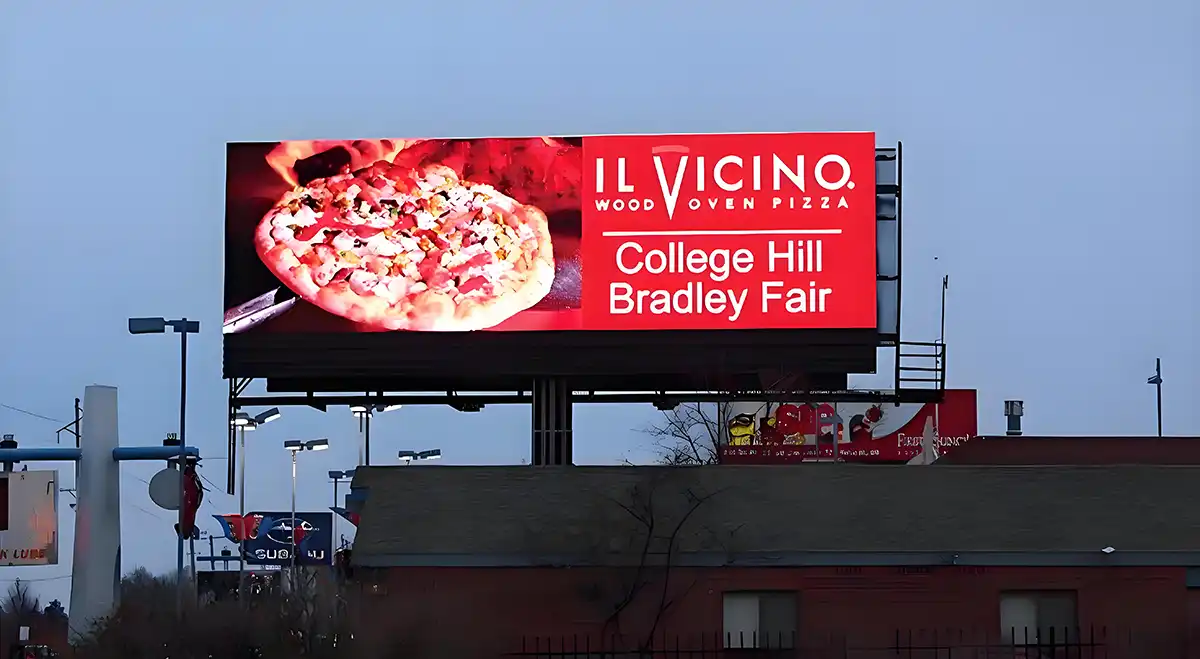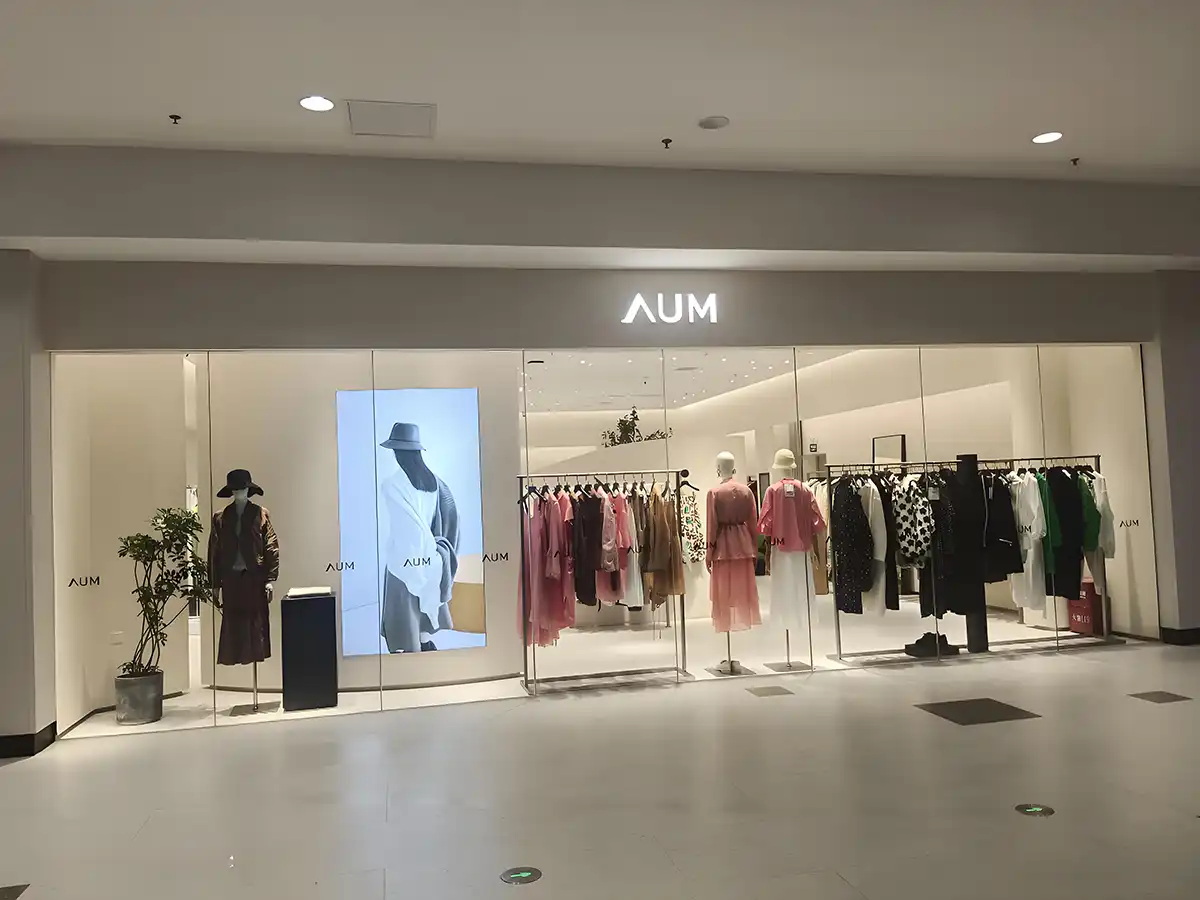Cheap LED screens can provide impressive visual performance when chosen carefully, but not all budget screens deliver the same quality. Key features to look for include brightness, resolution, pixel pitch, color accuracy, refresh rate, durability, installation flexibility, content management compatibility, and energy efficiency. Understanding these core features helps buyers avoid hidden issues, ensure reliable performance, and maximize audience engagement for marketing, events, or informational displays.
Imagine Sarah, the owner of a small café, wanting to attract more customers with digital signage. Her budget is tight, so she considers purchasing a cheap LED screen. Without understanding what features to expect, she risks buying a screen that may look good initially but fails in brightness, durability, or ease of use. By focusing on specific features, Sarah ensures her investment delivers maximum value and longevity.
This story highlights the need for a structured approach to selecting cheap LED screens.

Why it matters: Ensures visibility under various lighting conditions.
Indoor recommendation: 600–1500 nits.
Outdoor recommendation: 5000–8000 nits for sunny environments.
Mfano: A screen with too low brightness may appear dim, reducing customer engagement.
Resolution: Determines image clarity; higher resolution displays sharper visuals.
Kiwango cha Pixel: Distance between LED diodes; smaller pitch = better close-range viewing.
Practical tip: For a 2-meter indoor screen viewed from 2–3 meters, a 2–3 mm pixel pitch is ideal.
Cheap screens can show color inconsistencies.
Tafuta usambazaji wa rangi hata kwenye skrini.
Jaribu kwa kuonyesha chati za kawaida za rangi au nembo za chapa.
Viwango vya juu vya kuonyesha upya huzuia kuyumba, hasa kwa maudhui ya video.
Pendekezo:≥1920Hz kwa ndani, ≥3840Hz kwa nje.
Athari inayoonekana inaboresha, na ukungu wa mwendo hupunguzwa.
Nyenzo za Baraza la Mawaziri:Plastiki ya chuma au iliyoimarishwa inahakikisha maisha marefu.
Kuzuia hali ya hewa:Skrini za nje zinapaswa kukadiriwa IP65 kwa ulinzi wa vumbi na maji.
Mpangilio wa Moduli:Moduli lazima zifanane vizuri ili kuzuia mshono unaoonekana.
Uchunguzi kifani:Sarah alichagua skrini ya ndani ya bei nafuu iliyo na nyumba ya plastiki iliyoimarishwa, ambayo ilibaki thabiti wakati wa hafla za mara kwa mara za mikahawa.
Chaguzi za Kuweka:Imewekwa kwa ukuta, iliyowekwa kwenye dari, au ya kusimama bila malipo.
Uwezo wa kubebeka:Baadhi ya skrini za bajeti ni za kawaida au zinaweza kubebeka kwa usanidi wa muda.
Urahisi wa Matengenezo:Moduli za ufikiaji wa mbele huruhusu kutengeneza au kusafisha kwa urahisi.
Orodha ya Hatua kwa Hatua ya Orodha:
Thibitisha aina ya kupachika inafaa nafasi yako.
Thibitisha ufikiaji wa kusafisha au uingizwaji.
Hakikisha utulivu na usalama wakati wa operesheni.
Miundo ya Vyombo vya Habari:Lazima iauni video, picha na uhuishaji.
Mbinu za Usasishaji:USB, Wi-Fi, au msingi wa wingu.
Kupanga na Kujiendesha:Uwezo wa kupanga matangazo au matangazo.
Mfano:Ratiba ya vitu vya menyu ya mkahawa wa Sarah kwa nguvu, kuokoa muda na gharama za uchapishaji.
Skrini za bei nafuu zinaweza kutumia nishati zaidi ikiwa hazijaboreshwa.
Tafuta mwangaza unaobadilika au hali za kusubiri zenye nguvu kidogo.
Uokoaji wa gharama ya uendeshaji unaweza kukabiliana na bei ya awali ya ununuzi.

Mwingiliano:Uwezo wa kugusa au hisia za mwendo (nadra katika miundo ya bei nafuu).
Ujumuishaji wa Sauti:Spika za matangazo au matangazo.
Ufuatiliaji wa Mbali:Inafaa kwa biashara za maeneo mengi.
Mfano:Ingawa Sarah hakuhitaji maingiliano, alithamini kuratibu kwa mbali ili kusasisha menyu ya kila siku ya mkahawa wake.
Kipengele | Skrini ya bei nafuu ya LED | Skrini ya Juu ya LED |
Mwangaza | Wastani | Juu |
Azimio | Kati | Juu |
Kiwango cha Pixel | Kubwa zaidi | Ndogo zaidi |
Usahihi wa Rangi | Wastani | Bora kabisa |
Kiwango cha Kuonyesha upya | Kawaida | Juu |
Kudumu | Wastani | Juu |
Kuzuia hali ya hewa | Msingi | Advanced |
Ufanisi wa Nishati | Kawaida | Imeboreshwa |
Kubadilika kwa Ufungaji | Msingi | Advanced |
Utangamano wa Programu | Rahisi | Kamili-feature |
Fafanua Mahitaji Yako:Usakinishaji wa ndani, wa nje, wa kubebeka au wa kudumu.
Weka Bajeti:Amua kiwango cha juu cha matumizi unapoacha nafasi ya ukaguzi wa ubora.
Angalia Vipengele vya Msingi:Mwangaza, mwonekano, sauti ya pikseli, rangi, kasi ya kuonyesha upya.
Kagua Ubora wa Kujenga:Nyenzo za baraza la mawaziri, mpangilio wa moduli na uimara.
Tathmini Upatanifu wa CMS:Hakikisha maudhui yako yanaweza kupakiwa na kusasishwa kwa urahisi.
Fikiria Nishati na Matengenezo:Chagua vipengele vinavyopunguza gharama za uendeshaji.
Jaribu Kabla ya Kununua:Onyesho au skrini za majaribio ili kuthibitisha ubora.
Duka la Rejareja:Skrini ya bajeti ya ndani ya LED iliongeza trafiki ya miguu kwa matangazo ya uhuishaji.
Mkahawa:Masasisho ya menyu ya kila siku yanaonyeshwa kwa nguvu, na kupunguza gharama za uchapishaji.
Tukio la Karibu:Skrini za LED zinazobebeka ziliboresha mwonekano katika masoko ya wikendi.
Kuzingatia tu bei, kupuuza mwangaza au azimio.
Kupuuza uoanifu wa programu au njia za kusasisha.
Kupunguza mambo ya mazingira kwa skrini za nje.
Kuruka ukaguzi wa moduli, kuhatarisha saizi zilizokufa au shida za mpangilio.
Q1:Je, skrini za bei nafuu za LED zinaweza kuaminika kwa muda mrefu?
A:Ndiyo, ikiwa vipengele vya msingi, ubora wa kujenga, na matengenezo yatazingatiwa kwa makini.
Q2:Je, usahihi wa rangi huhatarishwa katika mifano ya bajeti?
A:Tofauti fulani inaweza kutokea, lakini urekebishaji na uteuzi makini unaweza kupunguza hili.
Q3:Je, nipe kipaumbele azimio au mwangaza?
A:Inategemea umbali wa kutazama: safu ya karibu ya ndani inapendelea azimio; masafa marefu ya nje hupendelea mwangaza.
Q4:Je, skrini za bei nafuu zinafaa kwa maudhui wasilianifu?
A:Mara chache, lakini zinafaa kwa video msingi, slaidi, na maonyesho ya matangazo.
Q5:Je, ninahakikishaje ufanisi wa nishati?
A:Angalia mwangaza unaobadilika na vipengele vya chini vya nguvu; angalia vipimo vya mtengenezaji.
Skrini za bei nafuu za LED zinaweza kutoa matokeo ya kuvutia wakati vipengele vya msingi kama vile mwangaza, mwonekano, sauti ya pikseli, usahihi wa rangi, kiwango cha kuonyesha upya, uimara na udhibiti wa maudhui vinapotathminiwa ipasavyo. Biashara ndogo ndogo na wanunuzi wanaozingatia bajeti wanaweza kufikia athari ya juu ya kuona, kubadilika, na ufanisi wa uuzaji bila kutumia kupita kiasi. Kwa kufuata utaratibu wa tathmini uliopangwa, kukagua onyesho, na kusawazisha gharama na vipengele muhimu, wanunuzi wanaweza kuhakikisha kuwa skrini zao za LED hutoa thamani, maisha marefu na ushiriki wa hadhira.
Kuzingatia vipengele vya vitendo badala ya bei tu huhakikisha kwamba hata skrini za LED za bajeti huongeza mwonekano, ushirikiano, na ufanisi wa uendeshaji kwa biashara za ukubwa wowote.
Mapendekezo ya Moto
Bidhaa za Moto
Pata Nukuu Bila Malipo Papo Hapo!
Zungumza na Timu Yetu ya Uuzaji Sasa.
Ikiwa una nia ya bidhaa zetu, tafadhali wasiliana nasi mara moja
Wasiliana na timu yetu ya mauzo ili kugundua masuluhisho yaliyogeuzwa kukufaa ambayo yanakidhi kikamilifu mahitaji ya biashara yako na kushughulikia maswali yoyote ambayo unaweza kuwa nayo.
Anwani ya Barua Pepe:info@reissopto.comAnwani ya Kiwanda:Jengo la 6, Hifadhi ya Viwanda ya Kuonyesha Paneli ya Gorofa ya Huike, Nambari 1, Barabara ya Gongye 2, Jumuiya ya Shiyan Shilong, Wilaya ya Bao'an, mji wa Shenzhen, Uchina.
whatsapp:+8615217757270